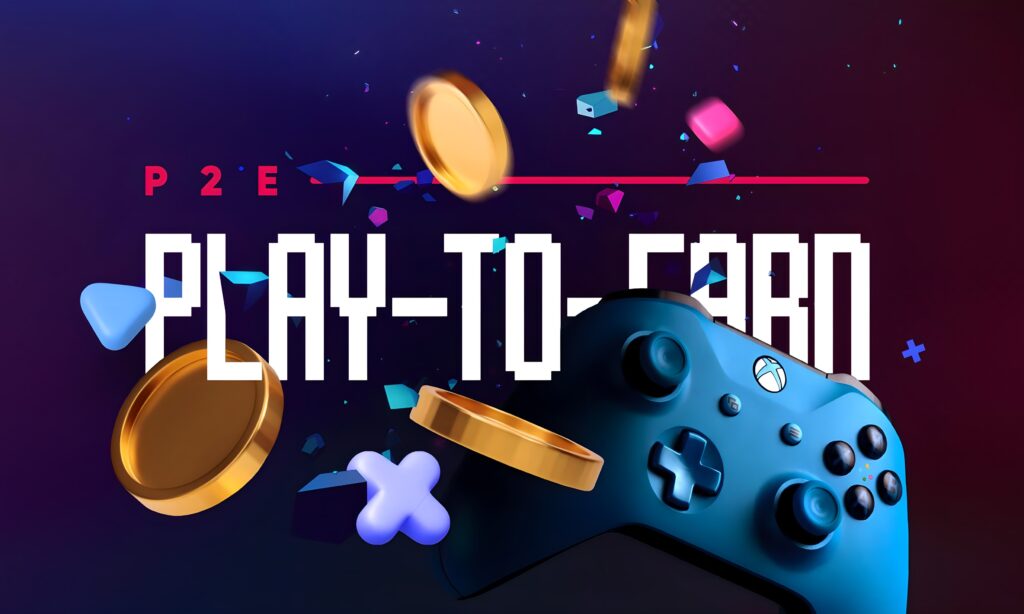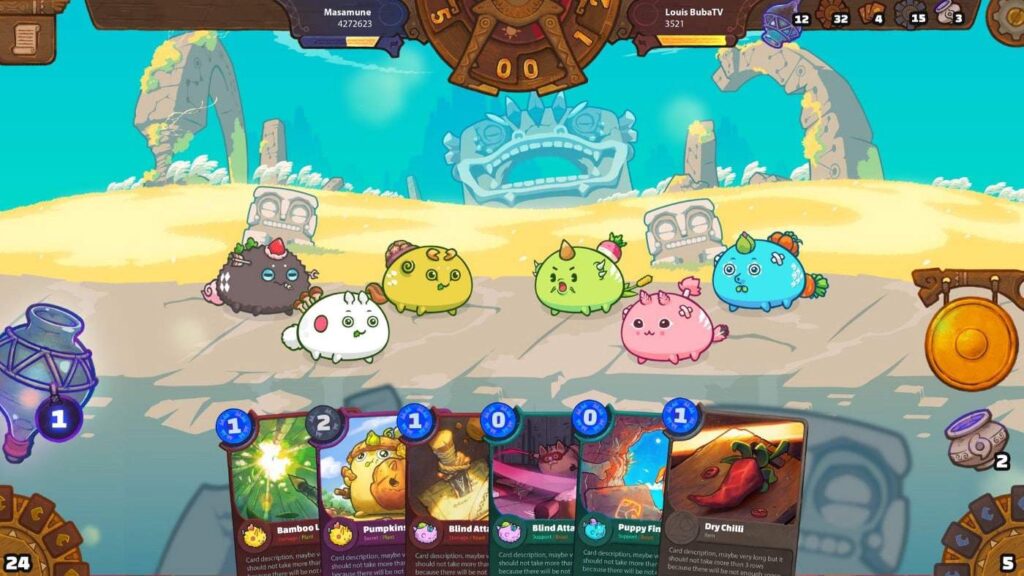Takeaway
The Play-to-Earn (P2E) model is revolutionizing the gaming industry by integrating blockchain technology and cryptocurrency, allowing players to earn real-world value through gameplay. Developers must design rewarding ecosystems that balance player engagement, economic sustainability, and regulatory compliance to ensure long-term success.
The gaming industry has undergone a seismic shift with the advent of blockchain technology, leading to the emergence of Play-to-Earn (P2E) models. This innovative approach allows players to earn cryptocurrency or digital assets through gameplay, fundamentally altering the traditional gaming paradigm. As a developer in this space, understanding the intricacies of designing rewarding crypto ecosystems is crucial for creating engaging and sustainable gaming experiences. This article delves into the technical aspects of P2E game development, exploring the economic models, player incentives, and real-world examples that illustrate the potential of this burgeoning sector.

The Economic Framework of Play-to-Earn Games
At the core of any successful P2E game lies a robust economic framework that incentivizes players while ensuring the sustainability of the ecosystem. Developers must consider various economic models, including tokenomics, in-game asset valuation, and reward distribution mechanisms.
Tokenomics: The Backbone of P2E Ecosystems
Tokenomics refers to the study of the economic model behind a cryptocurrency or token. In P2E games, tokenomics plays a pivotal role in determining how players earn, spend, and trade their rewards. A well-designed tokenomics model includes:
- Utility Tokens: These tokens are used within the game for transactions, such as purchasing in-game assets or paying for services. For example, Axie Infinity utilizes its native token, AXS, for governance and staking, allowing players to earn rewards by participating in the ecosystem.
- Governance Tokens: These tokens empower players to participate in decision-making processes regarding game development and economic policies. Decentralized Autonomous Organizations (DAOs) often utilize governance tokens to give players a voice in the ecosystem.
- Incentive Structures: Developers must create incentive structures that reward players for their time and effort. This can include daily login bonuses, completing quests, or participating in community events.
Real-World Example: Axie Infinity
Axie Infinity, developed by Sky Mavis, is a prime example of a successful P2E game that has effectively implemented tokenomics. As of October 2023, Axie Infinity has over 2.8 million daily active users and has generated over $4 billion in total sales (DappRadar, 2023). The game allows players to breed, battle, and trade digital creatures called Axies, which are represented as non-fungible tokens (NFTs) on the Ethereum blockchain. Players earn Smooth Love Potion (SLP) tokens through gameplay, which can be traded on various exchanges for other cryptocurrencies or fiat currency.

Axie Infinity’s NFT ecosystem enables play-to-earn gaming opportunities.
Designing Engaging Gameplay Mechanics
While the economic framework is essential, the gameplay mechanics must also be engaging to retain players. Developers should focus on creating a balanced experience that combines fun, challenge, and reward.
Game Design Principles for P2E
To design a successful P2E game, developers should adhere to several key principles:
- Player Agency: Players should feel a sense of control over their actions and decisions within the game. This can be achieved through customizable avatars, diverse gameplay options, and meaningful choices that impact the game world.
- Progression Systems: Implementing progression systems, such as leveling up or unlocking new abilities, keeps players engaged and motivated to continue playing. For instance, in games like The Sandbox, players can create and monetize their own experiences, fostering a sense of ownership and investment in the game.
- Community Engagement: Building a strong community around the game enhances player retention. Developers can facilitate community engagement through social media, forums, and in-game events that encourage collaboration and competition.
Balancing Economic Sustainability and Player Rewards
One of the most significant challenges in P2E game development is balancing economic sustainability with player rewards. Developers must ensure that the in-game economy remains viable while providing meaningful rewards to players.
Strategies for Economic Sustainability
To achieve this balance, developers can implement several strategies:
- Dynamic Reward Systems: Adjusting reward rates based on player activity and market conditions can help maintain economic stability. For example, if a game experiences a surge in players, developers can temporarily reduce rewards to prevent inflation.
- Burn Mechanisms: Introducing mechanisms that reduce the total supply of tokens can help maintain their value. For instance, developers can implement a burn feature where a percentage of transaction fees is permanently removed from circulation.
- Regulatory Compliance: As the P2E model gains popularity, regulatory scrutiny is increasing. Developers must stay informed about legal requirements and ensure their games comply with relevant regulations to avoid potential pitfalls.
Case Study: Decentraland
Decentraland is another notable example of a P2E ecosystem that has successfully balanced player rewards with economic sustainability. Launched in 2020, Decentraland is a virtual reality platform where users can create, experience, and monetize content and applications. The platform utilizes the MANA token, which serves as the primary currency for transactions within the virtual world.
As of October 2023, Decentraland has seen over 300,000 monthly active users and has facilitated over $1 billion in virtual land sales (DappRadar, 2023). The platform’s success can be attributed to its focus on user-generated content, allowing players to create and sell their own experiences while earning MANA tokens. This model not only incentivizes creativity but also fosters a vibrant community of creators and players.
Future Trends in Play-to-Earn Development
The P2E landscape is continually evolving, with several trends shaping the future of game development:
- Interoperability: As the blockchain ecosystem matures, interoperability between different games and platforms will become increasingly important. Developers will need to create assets that can be used across multiple games, enhancing player engagement and value.
- Integration of DeFi Elements: The integration of decentralized finance (DeFi) elements into P2E games will provide players with additional earning opportunities. For example, players could stake their tokens to earn passive income while participating in gameplay.
- Enhanced User Experience: As competition intensifies, developers will need to focus on creating seamless user experiences that cater to both casual and hardcore gamers. This includes optimizing onboarding processes, improving graphics, and ensuring smooth gameplay.
In conclusion, the Play-to-Earn model represents a paradigm shift in the gaming industry, offering players the opportunity to earn real-world value through their gaming experiences. Developers must navigate the complexities of tokenomics, gameplay design, and economic sustainability to create rewarding ecosystems that engage players and foster long-term success. By learning from successful examples like Axie Infinity and Decentraland, developers can harness the potential of P2E gaming to create innovative and profitable experiences. As the industry continues to evolve, staying informed about emerging trends and best practices will be essential for developers looking to thrive in this dynamic landscape.

